Spring comes early for the diligent; it's time to strive.
At the start of the Spring Festival, a number of new projects by China Construction Technology, such as urban renewal, affordable Housing, and the education - strengthening - countryside project, have resumed work. These include the "10,000 Villages" model project in Guangdong, the first batch of smart construction pilots in Shanghai, and the nation's first zero-carbon buildings. Among them, the Guangzhou Power Plant Main District Renovation Project, featured in the People's Daily, has fully resumed work.
Renew Industrial Heritage, Preserve Urban Memory
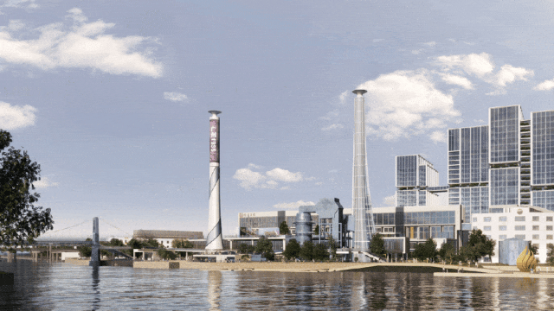
The Guangzhou Power Plant Main District Renovation Project, located in Liwan District, Guangzhou, covers 280,000 square meters. China Construction Technology is renovating Guangzhou's oldest power plant with a focus on both preservation and innovation. The project, which aims to harmonize industrial culture with natural and human elements, will adopt a "vertical industrialization" architectural system to build "skyscraper factories." These factories will form a multi - functional industrial community integrating industrial spaces, innovation - sharing, and cultural - leisure amenities.
3000 - unit housing meets new residents' needs.

Hengqin Macao In - depth Cooperation Zone's Caitang project covers 200,000 square meters, including seven residential buildings, a canteen, and a party - member service center. It will provide 3,000 units of column - free, flexibly - partitioned rental housing, meeting diverse tenant needs and setting a benchmark for the zone's housing.
Build Farm Houses Like Assembling Cars

The Jingxia Village project in Guangzhou's Huangpu District, part of the "10,000 Villages" initiative, uses China Construction Technology's HMC products. Modules are built in a nearby mobile factory, then transported to the site for quick assembly without supports, formwork, or steel bar binding. This creates durable, low-carbon, smart rural homes, enhancing residents' lives and supporting rural revitalization.
A Power - Generating Smart Community
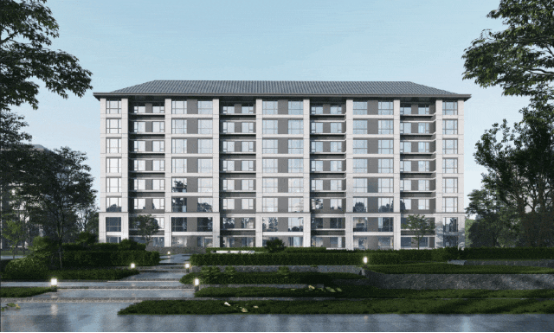
The Pujiang Resettlement Housing Project in Shanghai's Minhang District has a total construction area of 70,000 square meters and includes 10 residential buildings, a garage, and a community service center. It offers 624 units of affordable housing for relocated residents. Rooftop distributed photovoltaic panels generate enough electricity for the community's annual public lighting needs. China Construction Technology uses its self-developed "light - storage - direct - soft" series to turn the service center into a zero - carbon building, supporting the construction of an eco - friendly and culturally rich Riverside New District in Minhang.
Shanghai's First Batch of Smart Construction Pilots
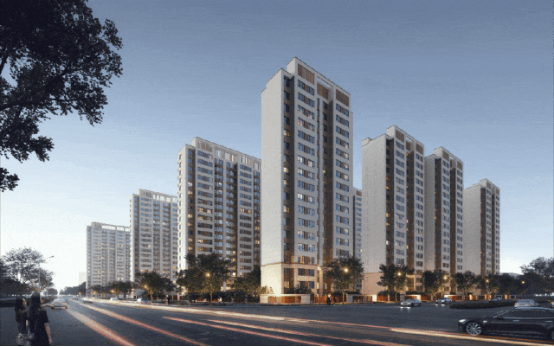
The Fengxian Resettlement Housing Project in Shanghai is among the city’s first batch of intelligent construction pilot projects. With a total construction area of 130,000 square meters, it includes 12 high-rise residential buildings, a senior activity room, and other public service facilities. Upon completion, it will meet the housing needs of 1,150 residents, supporting Fengxian District’s development into a modern, eco-friendly, convenient, and vibrant new urban area.
Need - based Customized New - quality Industrial Space
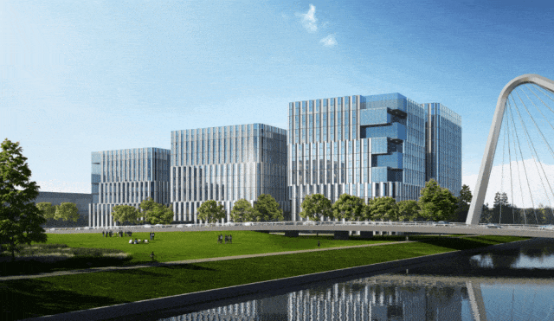
The Li Ma Xi project in Suzhou’s Industrial Park, the first to use integrated assembly technology for “industrialization moving upwards,” spans 96,700 square meters and includes three production workshops and a parking building. China Construction Technology’s self-developed “industrialization moving upwards” product meets the needs of large - span, high - floor - height, and heavy - load factories. Upon completion, it will set a benchmark for a world - class high - tech park in Suzhou.
The First Fully Prefabricated School in the Region.
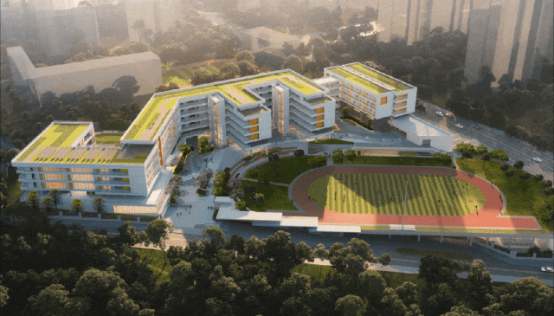
The Banan Riverside School, located in Chongqing, is the first fully prefabricated school in the area. With a floor area of 38,000 square meters and 48 classes, it will offer 2,000 seats. As a key 2025 livelihood project, it uses BIM and smart equipment to achieve digital design and intelligent construction, creating a high-quality green and smart school. This project not only eases the local seat shortage but also supports the national education development strategy.
National Medical Talent Habitat
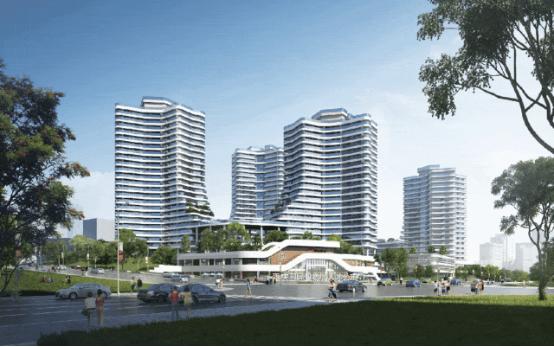
The apartment complex in Chongqing International Bio - city, located in Banan District, is a smart - construction demonstration project and the city's first near - zero - energy building project. With a total floor area of 159,000 square meters, it consists of nine apartment buildings, providing 1,020 units upon completion. The project uses near - zero - energy technologies and will become a habitat for top national medical talents, meeting the housing needs of Bio - city's residents and supporting Chongqing's healthy industry.
"Flash Schools" Ease Seat Shortage
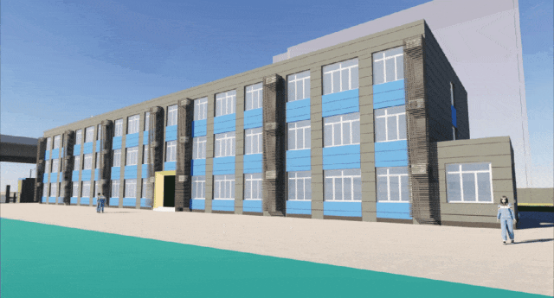
The Fengtai District Flash Classroom Construction Project is located in Beijing's Fengtai District, with a total construction area of about 10,000 square meters. It is expected to use 311 modules to build teaching buildings for five schools: Fengtai No.5 Primary School, Capital Normal University Affiliated Lizhe Middle School, Zhao Dengyu School, Capital University of Economics and Business Affiliated Primary School, and Beijing No.18 High School Affiliated Primary School. After completion, it will provide 2,760 seats, alleviating the seat shortage in Fengtai District.
China's First Batch of Zero - Carbon Buildings
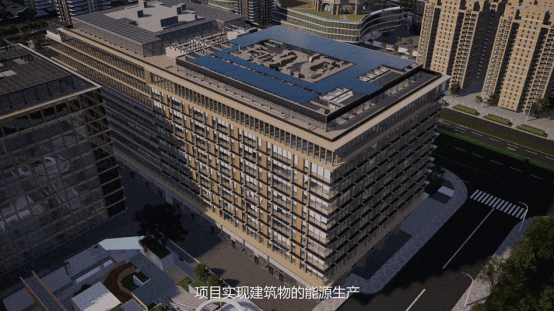
The Beijing Zhonghai "Light-Storage-Direct-Flexible" project in Xicheng District, one of China's first zero-carbon buildings in 2024 and Beijing's first large-scale commercial office integrating "light-storage-direct-flexible" technology, uses a microgrid platform to flexibly manage electricity use and sends excess power to the municipal grid, saving an estimated 300,000 kWh annually and reducing coal consumption by about 110 tons, supporting China's "dual-carbon" strategy and the development of a beautiful China.




 Wechat-CCISTC
Wechat-CCISTC